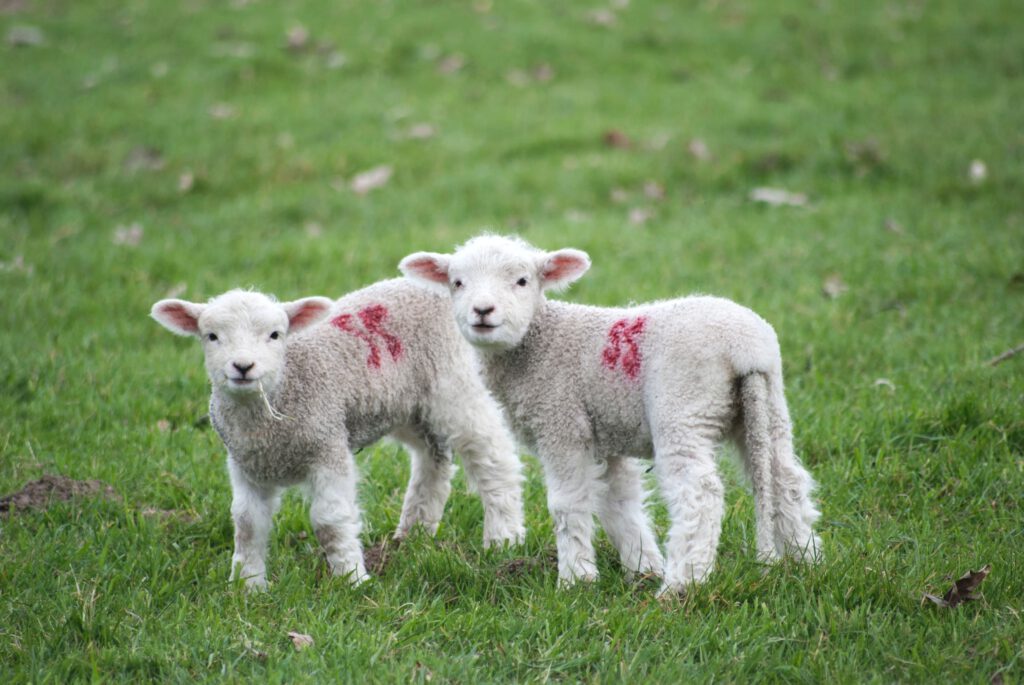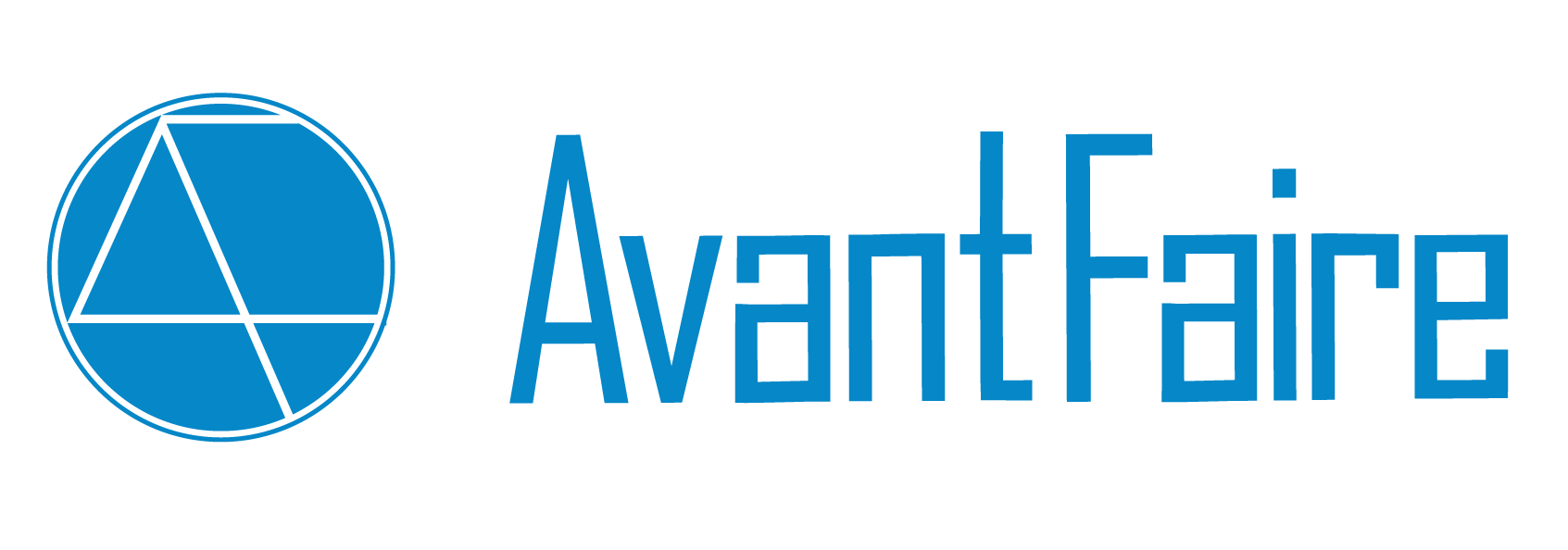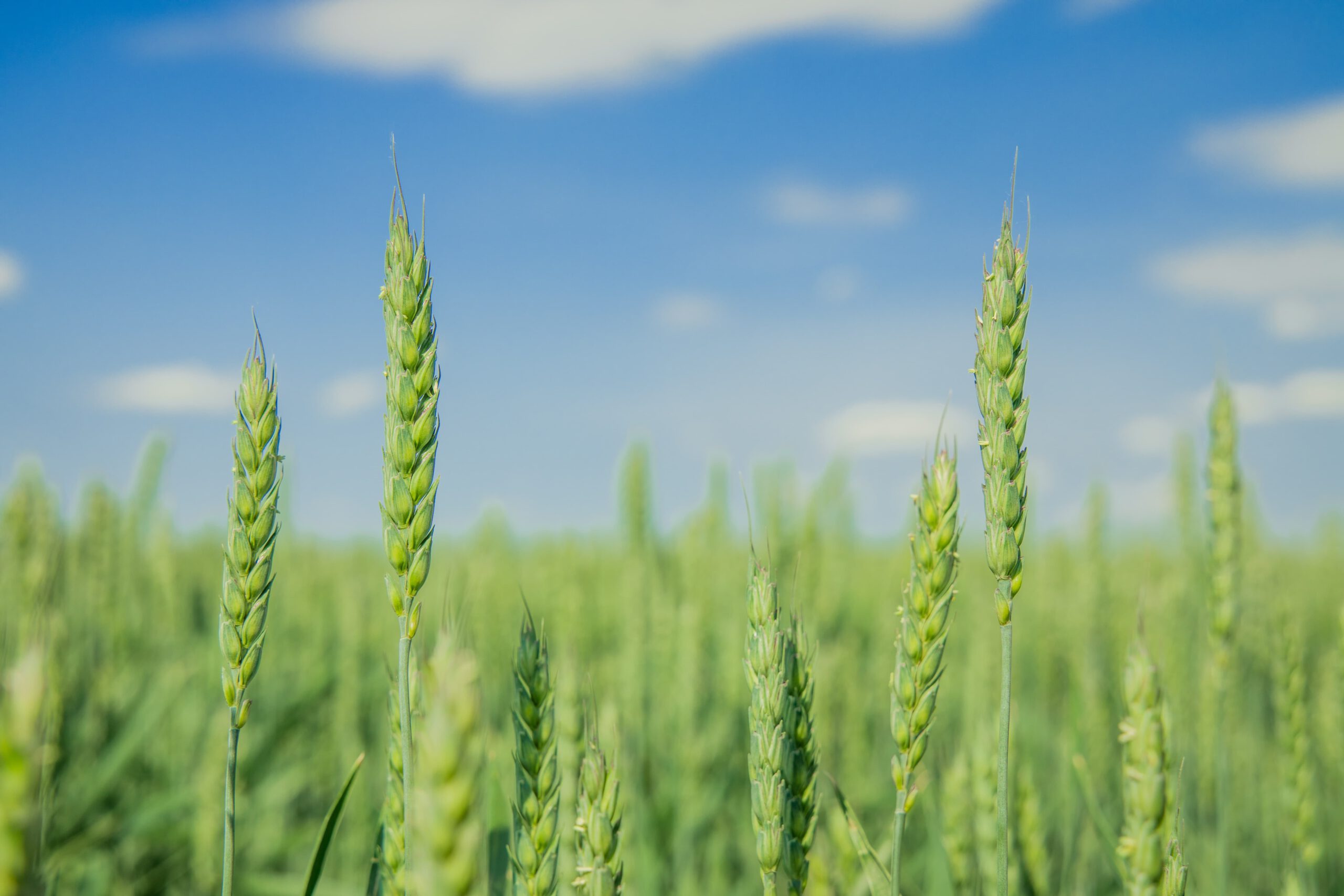“Climate change is frying the Northern Hemisphere”, “Hundreds of deaths reported across Canada and the Pacific Northwest amid unrelenting heat wave”… these are just a few headlines of last week’s CNN news.
The unprecedented heat wave in the Pacific Northwest is taking its toll in more ways than one. Roads are melting, power grid is under tremendous pressure, wildfires are flourishing. The heat wave also worsens drought conditions in Northwest, threatening the agriculture and ecosystems.
How can we help stop the climate change? Can we make it by changing the way we eat or the way we produce what we eat? We have discussed about vertical farming and some trends in China before. Today, we would like to take an agriculture deep dive and explore more possibilities for the future.
The Vast Concept of Agriculture
Before we dive into the subject, let’s define how broad the idea is when we talk about agriculture. We would like to see agriculture in a broader sense, which includes farming, fishing, livestock farming, etc.
Earlier in February 2021, Catherine Chen, founder of AvantFaire Investment Management Limited was invited to a panel discussion about the future of agriculture. During the discussion, the panel pointed out that when talking about food and agriculture problems, it’s not just about grains. We also need to pay attention to vegetables, fruits, meats, etc.
The modern agriculture not only involves a broader concept, but also becomes an industrialized global supply chain.
Taking canned luncheon meat as an example. Did you know that it was not necessarily manufactured locally with cattle from the local farms? You might be surprised that it can take up to hundreds of cattle from dozens of countries. The process is more like making a car. Each part is manufactured in different countries and then shipped to one factory for assembly. Likewise, grease produced in Australia, fat meat from China, lean meat from New Zealand would be shipped to some factories in the United States, ready to be mixed and made into canned luncheon meat.[1]
When COVID-19 broke the global supply chain, the canned meat industry were facing unexpected challenges. When each party along the supply chain is depending too much on each other and no one can make a living on its own when there comes a deal breaker like COVID-19. Thus, how to balance between global industrialization and local business is a big topic for the whole agriculture industry.
Blockchain Technology and Food Safety
While the food industry is becoming more industrialized, there are increasing concern about food safety and traceability from the consumer side. In that sense, blockchain’s capability of tracking ownership records and tamper-resistance might be used to solve these issues.
Blockchain technology can digitize secure transactions or “blocks” at every point along the supply chain, viewable directly by those with access to that blockchain ledger, which eliminates the need for intermediaries.
Chinese commerce giant JD.com started by tracking beef from Kerchin, a company in Inner Mongolia, to customers in Beijing, Shanghai, and Guangzhou.[2] Think about it, if there is a blockchain mechanism tracing the manufacturing process of the canned luncheon meat, we shall be able to see the full list of countries and livestock farms involved.
Livestock Connected
Technology has made farming easier now than ever. It’s not unusual to see farmers using drones to spray pesticides. These drones can be programmed based on previous data to estimate the best route and frequency of pesticide spraying.
The application of automation might be easy for farming. But can you imagine cows get connected via wearable sensors and online data base to enhance the management of a dairy farm? The NB-IoT-based (NarrowBand-Internet of Things-based) Connected Cow project initiated by China Telecommunications Corporation and Huawei is a good example in this field.
Dairy herds wear mobile connected sensors which collect biometric information on the cows’ body temperature, pulse, and daily movements to let them graze further and better manage milk production.[3]
Such technology can be deployed to improve the productivity capacity as data-driven decision-making leads to better, more efficient, and timely decisions. On the other hand, the 24/7 sensing system can also help improve the welfare of livestock by detecting sick animals.

Image by Gemma Evans
No Meat vs. New Meat
Speaking of livestock farming, the livestock sector plays a critical role in climate change and is estimated to represent 14.5% of all human-induced carbon dioxide emissions. [4] If cattle were to form their own nation, they would rank 3rd among the world’s largest greenhouse gas emitters, right behind China and the United States.
While more and more people have chosen to leave meat off their plates, scientists are trying to tackle this problem with a different approach. Plant-based meats are made from plants and manufactured to feel, taste, and appear like real meat. Ingredients in plant-based meats include coconut oil, vegetable protein extract, and beet juice. That’s why they are lower in saturated fat and calories than regular meat.
The ability to create food that replicates meat, fish, eggs and dairy products – with a lower carbon footprint and without the need to slaughter animals – is likely to become a commercially viable option in the next decade.[5] $3.1B were invested in alternative proteins in 2020, according to an analysis by The Good Food Institute.[6] Accenture predicted that the global protein demand will increase by 80% over today’s levels by 2050.[7] It’s definitely something to keep an eye for our daily diet, as well as for investment opportunities.
Reference List:
http://www.fao.org/news/story/en/item/197623/icode/
https://www.fooddive.com/news/31b-invested-in-alternative-proteins-in-2020-report-says/596993/
https://mp.weixin.qq.com/s/7ixAM2UleJUD6Hot542L9g
Accenture: The Future of Food: New Realities for the Industry
UBS The Food Revolution July 2019
Plug and Play: Agtech Trends in 2020
[1] https://mp.weixin.qq.com/s/7ixAM2UleJUD6Hot542L9g
[2] UBS The Food Revolution July 2019
[3] https://www.huawei.com/us/technology-insights/industry-insights/outlook/mobile-broadband/wireless-for-sustainability/cases/game-changer-for-china-dairy-farmers
[4] http://www.fao.org/news/story/en/item/197623/icode/
[5] UBS The Food Revolution July 2019
[6] https://www.fooddive.com/news/31b-invested-in-alternative-proteins-in-2020-report-says/596993/
[7] Accenture: The Future of Food: New Realities for the Industry
.
.

